The 140mm Slim Tower CPU Cooler Roundup: Thin & Light Done Just Right
by E. Fylladitakis on May 24, 2017 8:00 AM EST- Posted in
- Cases/Cooling/PSUs
- be quiet!
- Noctua
- Phanteks
- Cooler
- Thermalright
Noctua NH-U14S
Starting things off, we have the Noctua NH-U14S. Noctua supplies the NH-U14S inside a large, sturdy cardboard box. The artwork on the box is austere, limited to providing useful information about the cooler itself.
Inside the box everything is individually packed into separate cardboard boxes. Alongside with the mounting hardware, Noctua is also offering a basic screwdriver for the installation of the cooler, a fan speed reducer, a metallic case badge and a syringe with NT-H1 thermal compound.
Noctua offers a very large selection of CPU coolers, with at least one product per cooler type. The NH-U14S is their version of a single tower cooler that makes use of a 140 mm fan and, according to Noctua, it has been designed so as to offer the best possible overall performance while staying clear of the LGA2011/LGA2066 RAM slots. It also is slightly taller than the other coolers of this review, even if only by 4-5 mm (0.15”-0.2”).
The company characterizes the NH-U14S as a “slim” cooler, but the dense fin array is 52 mm deep and 150 mm wide, providing more than ample heat dissipation surface. In theory, the cooler should be able to handle thermal loads well above 200 Watts. The top fin of the array is not thicker but has the company’s logo and name engraved on it.
The NH-U14S makes use of six thick heatpipes to transfer the heat from the base of the cooler to its fin array. Each heatpipe expands to either side of the fin array and the designers had each heatpipe expanding at a different distance from the center of the fin array, resulting to twelve evenly distributed thermal energy transfer lanes from the base of the cooler to fin array. The heatpipes are made of copper but are nickel plated. The joints are all soldered, ensuring maximum thermal transfer and mechanical cohesion.
Only the bottom part of the cooler’s base that makes contact with the processor is made out of copper. The top half of the base is made out of aluminum and the mounting bracket is nickel-plated steel. As only the bottom part actually contributes on the transfer of the thermal energy from the CPU to the heatpipes, this is a very reasonable design for the reduction of a cooler’s weight and overall cost. A full copper base would substantially increase the weight of the design without offering any advantage.
The copper base of the NH-U14S has also been nickel plated and is very smooth, yet not machined down to a perfect mirror finish. It appears to be easy to clean and difficult to soil. Noctua generally does not polish the bases of their coolers as it makes no apparent difference on performance, so they opt to not raise the cost of their products even higher for something that would not make an actual difference.


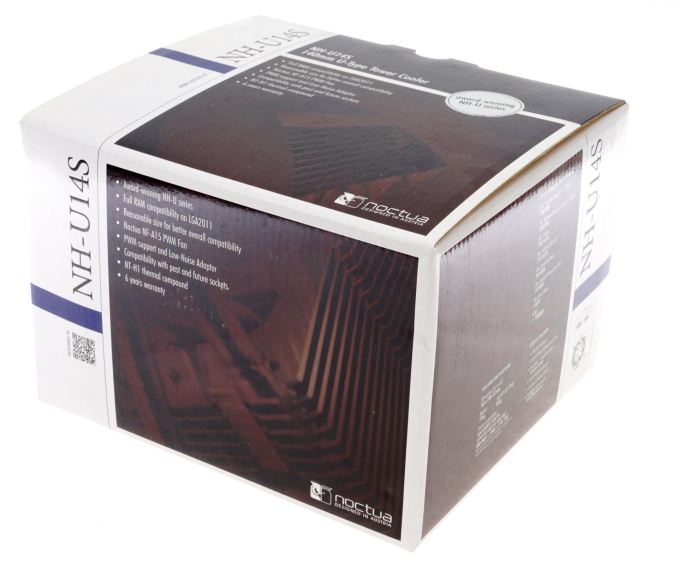
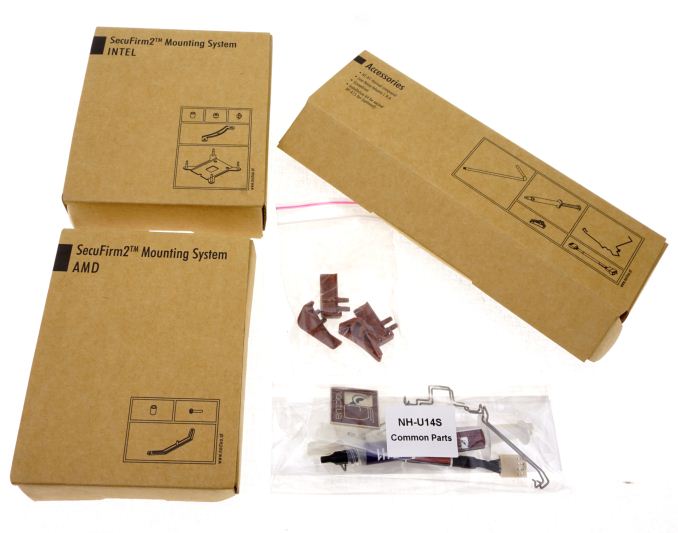
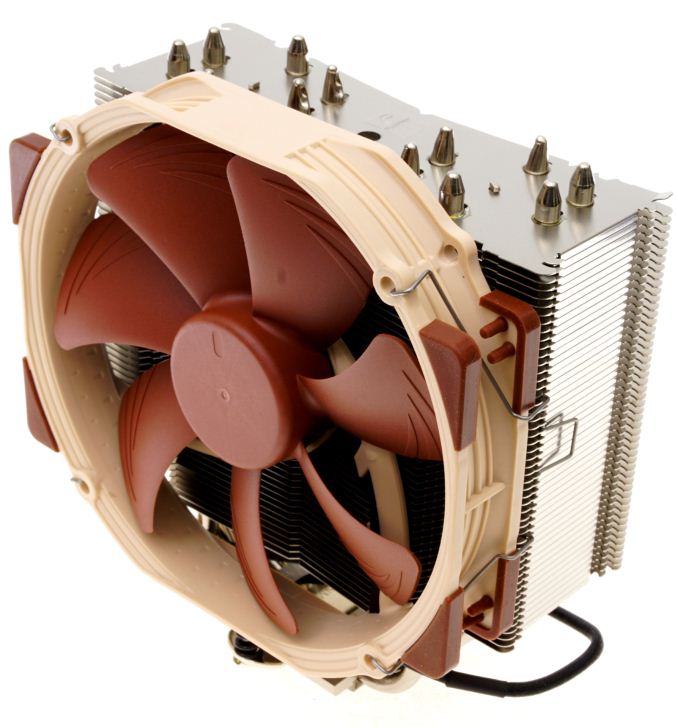
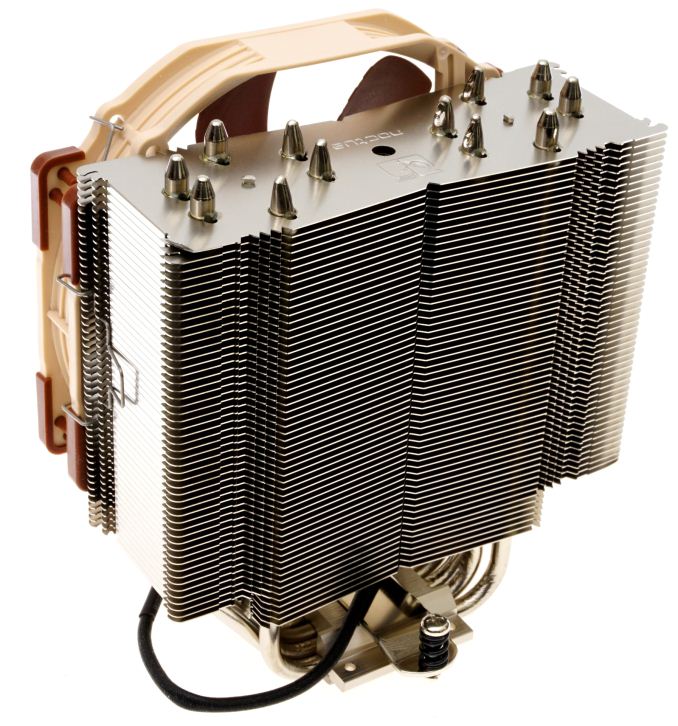
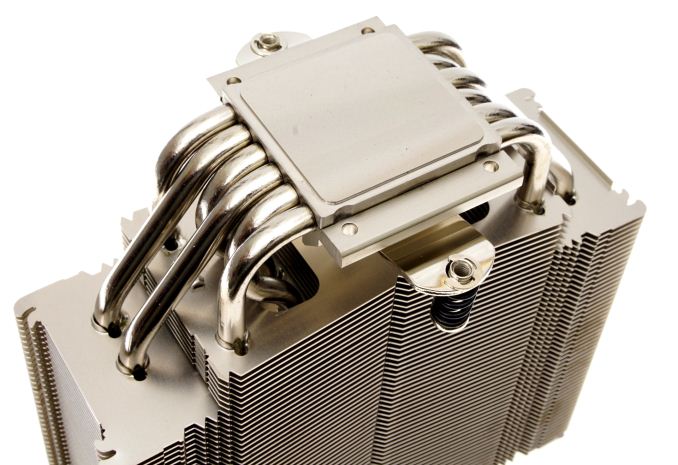









74 Comments
View All Comments
JoeyJoJo123 - Wednesday, May 24, 2017 - link
For online comments, there's shills, then there is everyone else. Shills which are just trying to spread around this meme that X company's products are the best thing sliced bread.Just buy whatever you want, regardless what anyone else thinks. Don't pay brands any particular attention, just buy the best product you can for the best price you can and pocket your savings.
mgilbert - Wednesday, May 24, 2017 - link
Nice, mature response, with the name calling and all. Grow up, then read the actual review. The reviewer said the same thing I did. Now, go read a few more reviews of coolers, and you'll find that virtually all of them agree with this review. Noctua is expensive, but worth it. Generally I agree with you - it doesn't pay to go by brand name - but there are exceptions, and Noctua is one of them.close - Wednesday, May 24, 2017 - link
Noctua also costs a lot more than the competition. So when you're adding 35% to the price tag of any of the other products tested then you usually expect better performance (not mandatory though). So drawing the conclusion that Noctua is king of the hill in general isn't that useful.So... there are expensive products, then there are cheaper products :). For some people 35% markup might not be worth the extra performance.
WinterCharm - Thursday, May 25, 2017 - link
So? If you want the best you often have to pay more for it.The "best" is the best.
If you want the "best within a price bracket" THEN you can finagle and weigh things against each other.
JoeyJoJo123 - Wednesday, May 24, 2017 - link
Does Noctua pay you in stock, dividends, or a salary to promote their products online? If not, why do you go out of your way to promote free advertising to another company who you owe nothing to? You made your trade; your money for their product, there's no stipulation that you have to continue to sing praises for their company for other people to be more negotiable to give that same company more money for more products.Likewise, if you're upset about being called out on literal shilling, then it's really you that needs to grow up.
Additionally, the performance roundup review written by E. Fylladitakis doesn't have anything in common with your post, which you attribute as stating that "(t)he reviewer said the same thing I did". Fylladitakis makes no catch-all branding statement. They evaluate the four products, they make the measurements, they compare the measurements, then make a conclusion about the products based on the measurements.
YOU, however, are making a blanket statement about all performance CPU cooling products developed by Noctua being "superior in virtually every respects, especially quality and support."
Those statements can't be anymore unalike in any way. The former was a controlled experiment to evaluate product performance followed by an analysis of the products, the latter (your comment) is an opinion; void of any metric of data or analysis.
If you look at the thermal performance in this roundup, it shows that the Thermalright cooler (at $47, the cheapest of the four measured in this roundup) to have the best thermal performance at low temperature loads (where most performance PCs, the target audience of these $50 tower cooling solutions, stay outside of gaming or benchmark loads), theorized by Fylladitakis to be due to the direct contact design of the heatpipes, and a close-second (literally 16.6 vs 16.8 degrees Celsius delta over ambient, figures well within a margin of error of measurement) at 150W loads (where most overclocked mainstream CPUs will sit at full load), and still competes closely at completely unrealistic synthetic 340W loads.
So given a $47 price for the Thermalright vs $65 price for the Noctua, given similar performance figures, it's pretty apparent which has the better value for mainstream performance PCs.
Ryan Smith - Wednesday, May 24, 2017 - link
I love a vigorous discussion, but you guys need to cool it, please. There is no place for profanity here on AnandTech.mgilbert - Wednesday, May 24, 2017 - link
Yet, my post gets deleted, but not his, despite its divisive, hateful, argumentative, obtuse, disrespectful, inappropriate nature. Sounds like four letter words aren't the only thing not allowed on Anandtech. Fairness has no place, either.Ryan Smith - Wednesday, May 24, 2017 - link
I have made my ruling. I give you guys exceptional leeway as I believe you need to be free to discuss technical matters, but I draw the line at profanity and pointless ranting. You guys are done, please move on.If you wish to discuss it in private please email me.
fanofanand - Thursday, May 25, 2017 - link
We love you Ryan! Even when we complain, whine and moan about x, y, or z not being tested the specific way WE would do it, we love you!Ruh-roh, now I"m shilling for Anandtech! Don't worry, my username checks out.
JackNSally - Wednesday, May 24, 2017 - link
I have to agree, Noctua is the best. I do recommend the Hyper 212 for budget builds though.